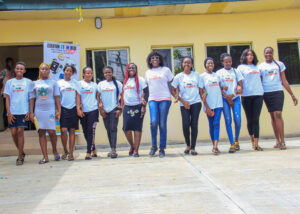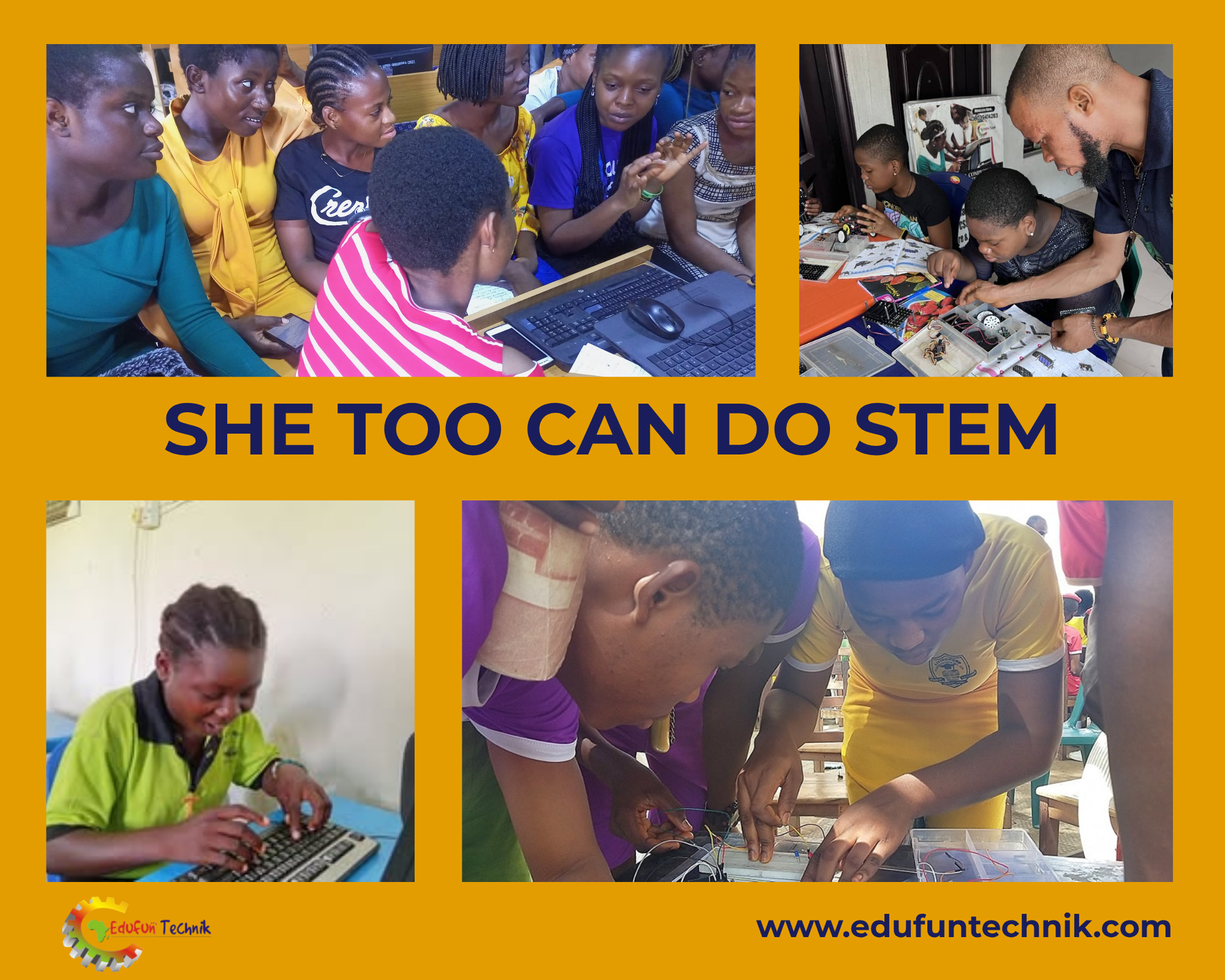Girls can absolutely succeed in STEM fields. This simple truth needs to be said louder and more often. Science, Technology, Engineering, and Mathematics are not just for boys. They belong to everyone, including your daughter, sister, niece, or the girl sitting next to you in class.
Breaking Down the Old Ways of Thinking
For too many years, people believed that boys were naturally better at math and science. This thinking was wrong then, and it is wrong now. Research shows that girls perform just as well as boys in STEM subjects when given the same opportunities and encouragement.
Dr. Reshma Saujani, founder of Girls Who Code, has spent years fighting this battle. She points out that we raise boys to be brave and girls to be perfect. This difference in how we treat children affects their confidence in challenging subjects like coding and engineering. When girls feel they must be perfect, they avoid taking risks that help them learn and grow in STEM fields.

The truth is simple: girls have the same ability to understand complex math problems, conduct science experiments, build amazing technology, and design incredible structures. What they often lack is not talent but encouragement and opportunity.
Real Women Making Real Differences
Look around at the women changing our world through STEM. Dr. Katherine Johnson calculated the flight paths that got astronauts safely to space and back. Marie Curie discovered radioactivity and won two Nobel Prizes. Today, women like Dr. Jennifer Doudna are revolutionizing medicine through gene editing technology.
These women prove that female minds are perfectly designed for STEM work. They solve problems, think creatively, and push boundaries just like their male colleagues. The difference is not in their ability but in the support and recognition they receive.
The Numbers Tell a Different Story
When we look at test scores and grades, girls often outperform boys in many STEM subjects. Girls get better grades in math classes throughout elementary and middle school. They score just as well on standardized science tests. Yet somehow, fewer girls choose STEM careers as they get older.
This drop happens not because girls suddenly lose their ability, but because they lose their confidence. Society sends messages that math and science are harder for girls. Teachers sometimes call on boys more often in science class. Parents might worry less when their daughters struggle with math homework compared to their sons.
Dr. Carol Dweck, a researcher at Stanford University, has shown that mindset matters more than natural ability. When girls believe they can improve their STEM skills through effort and practice, they perform better and stick with these subjects longer. This growth mindset is something any girl can develop.
What Holds Girls Back
Several barriers keep girls from pursuing STEM fields, but none of them have to do with ability. First, girls often do not see enough examples of women in STEM careers. When the only scientists they see in movies or books are men, they may think these jobs are not for them.
Second, some teachers and parents unconsciously treat boys and girls differently in STEM subjects. They might encourage boys to keep trying when math gets hard but suggest that girls focus on subjects that come more naturally. This difference in treatment affects how girls see their own abilities.

Third, peer pressure plays a role. Some girls worry that being good at math or science will make them seem less feminine or popular. They may hide their interest in technology or engineering to fit in with their friends.
Fourth, many STEM programs and activities are designed in ways that appeal more to boys. Robotics clubs might focus on competition and building weapons, while girls might prefer collaborative projects that help their community.
The Brain Science Behind Learning
Scientists have studied how male and female brains work, and the results are clear: both can excel at STEM thinking. While there are small average differences between male and female brains, these differences do not determine who can succeed in science or math.
Dr. Lise Eliot, a neuroscientist at Chicago Medical School, explains that brain differences between boys and girls are much smaller than most people think. The differences that do exist are mostly caused by different experiences and expectations, not biology.
What matters more than brain structure is practice and encouragement. Girls who spend time working on spatial puzzles get better at them, just like boys do. Girls who practice coding develop the same problem solving skills as boys. The brain is like a muscle that gets stronger with use, regardless of gender.
Building Confidence Early
Parents and teachers can help girls develop confidence in STEM subjects from an early age. This starts with language. Instead of saying “girls are not good at math,” adults should say “everyone can learn math with practice.” Instead of accepting when a girl says “I am not a math person,” adults should respond with “you are not good at this type of math yet.”
Encouraging girls to ask questions, make mistakes, and try again builds the resilience they need for STEM subjects. These fields require persistence and problem solving skills that anyone can develop. Girls need to hear that struggling with a difficult concept does not mean they are not smart enough for STEM.
Creating Supportive Environments
Schools and communities can create environments where girls thrive in STEM. This includes having female teachers and mentors in science and math classes. When girls see women succeeding in these roles, they can better imagine themselves in similar positions.
Programs should also focus on real world applications that interest girls. Instead of just teaching abstract math concepts, teachers can show how math solves problems in medicine, environmental science, or social justice. Many girls are motivated by work that helps others, so connecting STEM to community service can increase their engagement.
The Future Needs All Minds
Our world faces complex challenges that require creative, diverse thinking. Climate change, disease, poverty, and technology problems need solutions from all kinds of minds, including female minds. When we exclude girls from STEM, we lose half of our potential problem solvers.
Companies with diverse teams, including women in technical roles, perform better and create more innovative products. Countries with more women in STEM fields have stronger economies and better outcomes for all citizens. This is not just about fairness; it is about progress.
Moving Forward Together
The message is clear: she too can do STEM. Every girl has the potential to excel in science, technology, engineering, and mathematics. What she needs is encouragement, opportunity, and the belief that these fields belong to her just as much as to anyone else.
Parents can encourage their daughters to explore robotics, coding, and science experiments. Teachers can make sure they call on girls as often as boys and provide extra support when needed. Communities can create programs that show girls the exciting possibilities in STEM careers.
Most importantly, we need to change the conversation. Instead of asking whether girls can succeed in STEM, we should ask how we can better support them in these fields. The answer is not complicated: treat them as the capable, intelligent problem solvers they are, and watch them prove that STEM truly is for everyone.







